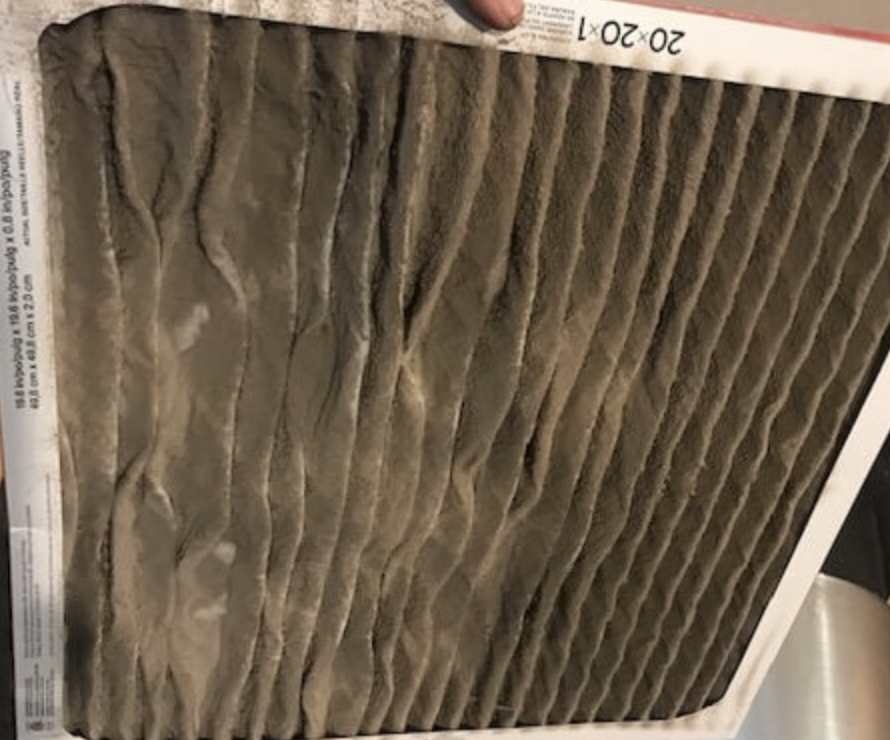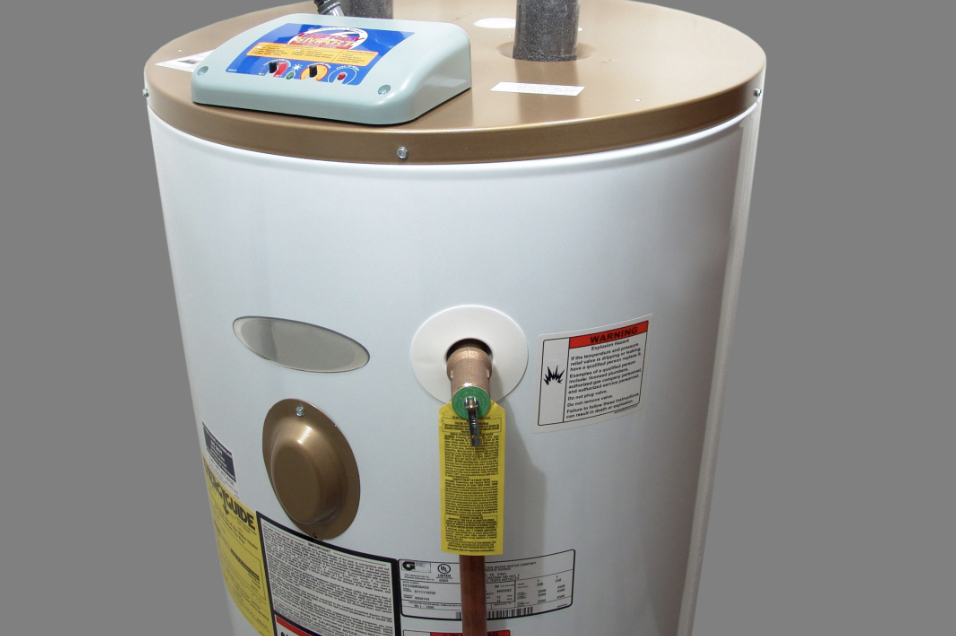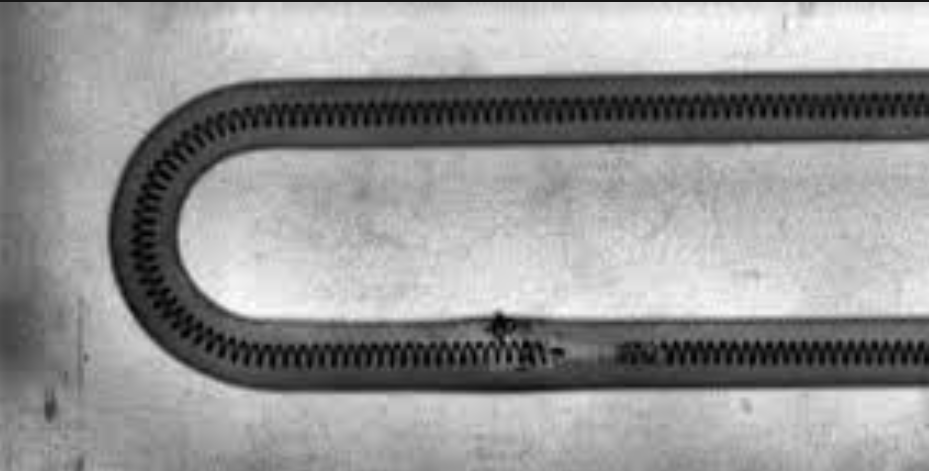Home heater not working?Here is how to fix it at home.
Home heater not working problem can be fixed by just reading this post.Before we embark on this troubleshooting journey, let’s make one thing crystal clear: safety always comes first.
While many home heating problems can be resolved with a bit of DIY magic, there are situations where it’s best to leave it to the professionals.
If at any point you feel unsure or uncomfortable during the troubleshooting process, don’t hesitate to call a certified HVAC technician. Your safety is paramount.
At a glance: Home heater not working due to malfunctioning thermostat, a complete lack of power, clogged filters, finicky pilot lights (in gas heaters), or heating element hiccups (in electric heaters), we’ve got you covered.
So, grab a cup of hot cocoa and let’s get your home warm and cozy once again.
Related Post>>>>Home Central Heater Not Working.
Causes and Solutions For Home Heater not Working.
*Thermostat Problems.

When your home heater grinds to a halt, one of the most common culprits is a thermostat that refuses to cooperate.
This tiny yet vital device is the bridge between your desired temperature and the heating system. If the thermostat is on strike, it can leave you shivering in the cold. Let’s break down the potential causes and solutions for this issue:
1. Loose Wiring:
A thermostat relies on a series of wires to communicate with your heating system. Over time, these wires can become loose or disconnected, disrupting the connection between the thermostat and the heater.
Solution: First, make sure the thermostat is turned off. Then, gently remove the thermostat cover to access the wiring. Carefully inspect each wire to ensure they are securely connected. If you find any loose wires, reconnect them firmly.
2. Dead Batteries:
Many thermostats are battery-powered, and when the batteries run out of juice, your thermostat can become unresponsive.
Solution: Replace the old batteries with fresh ones, typically AA or AAA depending on your thermostat model. Once the new batteries are in place, reattach the thermostat cover and turn it on.
3. Incorrect Temperature Setting:
Sometimes, the issue isn’t technical at all. It might be a simple matter of your thermostat being set at the wrong temperature, causing your heating system not to kick in.
Solution: Double-check the thermostat settings. Ensure it’s set to the desired temperature for your comfort. Also, check if the thermostat is in heating mode, not cooling or off.
In many cases, addressing these thermostat-related problems can reestablish the vital connection between your heating system and your comfort.
However, if your thermostat continues to act stubborn, it might be time to consider calling in a professional HVAC technician to assess and, if necessary, replace the thermostat.
Remember, maintaining a properly functioning thermostat is often the key to a cozy, warm home during the winter months.
*No Power.

When your home heater remains stubbornly silent and refuses to start, the issue might be as simple as a lack of power.
Several factors can contribute to this problem, so let’s explore the potential causes and their solutions:
1. Power Supply Problems:
Before you dive into complex troubleshooting, it’s crucial to check the basics. Ensure that your heating unit is receiving power. This might seem obvious, but sometimes, a loose plug or an unplugged cord can be the root cause of your heating woes.
Solution: Begin by inspecting the power cord and plug to ensure they are securely connected. It’s easy for these connections to become dislodged over time, especially if the heater has been moved or bumped.
Also read>>>>Heater Smells Like Burning.
2. Circuit Breaker Issues:
Your home’s electrical system has safeguards to prevent overloads, and circuit breakers play a critical role in this. If the circuit breaker that controls your heating system has tripped, the heater won’t receive the power it needs.
Solution: Check your electrical panel for any tripped circuit breakers. If you find one, reset it by turning it off and then back on. Make sure to follow safety precautions and use appropriate safety gear when working with electrical components.
3. Power Cord and Plug Damage:
Over time, the power cord or plug of your heater may become frayed, damaged, or worn out. Damaged cords or plugs can disrupt the power supply to your heating unit.
Solution: Inspect the power cord and plug for any visible damage. If you notice any issues, it’s essential to replace the damaged cord or plug to ensure safe and reliable power delivery.
*Clogged Filters.

A home heater that’s struggling to deliver the warmth you need could be dealing with clogged filters.
These filters play a vital role in ensuring the air circulating through your heating system remains clean and free of debris. When they become clogged, it can significantly impact your heater’s performance.
Let’s explore the potential causes and solutions for this issue:
1. Accumulated Dust and Debris:
Over time, the air filters in your heating system can become clogged with dust, pet hair, and other debris. This restricts the flow of air, making it harder for your heater to distribute warmth effectively.
Solution: The remedy for this issue is straightforward. Regularly check and clean or replace your air filters, typically every 1-3 months, depending on usage and the type of filter.
Simply removing the filter and gently tapping or vacuuming it can help remove the accumulated debris. If it’s too dirty or damaged, replace it with a new filter. Clean air filters not only improve heating efficiency but also enhance indoor air quality.
2. Reduced Heating Efficiency:
Clogged filters not only hinder airflow but also force your heater to work harder to push warm air into your living spaces. This increased strain on the system can lead to reduced heating efficiency.
Solution: In addition to cleaning or replacing filters, consider having your heating system professionally serviced. Regular maintenance can ensure optimal performance, and the technician can also check for any other issues that may be causing your heater to work harder than it should.
*Pilot Light Issues (Gas Heaters).

For those with gas heaters, a common source of heating problems can be traced back to the pilot light. The pilot light serves as the ignition source for the main burner, and when it refuses to light or stay lit, your home heater can’t provide the warmth you need.
Let’s delve into the possible causes and solutions for this issue:
1. Pilot Light Out:
The pilot light can simply go out due to a variety of reasons, including drafts, dust, or other minor disruptions.
Solution: To relight the pilot light, consult your heater’s manufacturer instructions, usually found on the heater or in the user manual. You’ll generally need to turn the gas control valve to the pilot position, hold down the knob or button while igniting the pilot, and then continue holding it for a minute to ensure it stays lit.
2. Thermocouple Problems:
A thermocouple is a safety device that senses if the pilot light is on. If it detects that the pilot light is out, it shuts off the gas supply to prevent gas buildup.
Solution: If the pilot light won’t stay lit, it could be a faulty thermocouple. In this case, it’s advisable to call a professional HVAC technician to replace the thermocouple to ensure safety and reliable heating.
Also read>>Heater Blowing Cold Air.
3. Gas Supply Issues:
Sometimes, pilot light problems can stem from issues with the gas supply, such as low gas pressure or a blockage in the gas line.
Solution: If you suspect gas supply issues, it’s crucial to contact a professional technician to diagnose and address the problem. Working with gas lines can be dangerous, and it’s not recommended for DIY attempts.
*Heating Element Failure (Electric Heaters).

Electric heaters, commonly found in homes, use heating elements to generate warmth. When these heating elements fail, your heater may run, but you won’t receive the heat you expect.
Let’s explore the possible causes and solutions for this issue:
1. Damaged Heating Elements:
Heating elements in electric heaters are exposed to extreme temperatures over time, which can cause them to deteriorate, become brittle, or develop visible damage.
Solution: To address this issue, first, disconnect the heater from the power source. Examine the heating elements for visible damage, such as cracks, breaks, or discoloration. If you notice any of these signs, it’s time to replace the heating element.
Consult your heater’s user manual for guidance on obtaining a replacement element and, if necessary, seek professional help for installation.
2. Burnt-Out Elements:
Over time and extended use, heating elements can wear out and burn out, resulting in a complete loss of heating capacity.
Solution: If you suspect that the heating element is burnt out, replacing it is the best course of action. Electric heaters often have replaceable heating elements, and the manufacturer’s instructions should guide you on the replacement process. If you are uncomfortable with this task, consider seeking the assistance of a qualified technician.
Related Post>>>Heater Not Working.
Frequently Asked Questions (FAQs)
My home heater isn’t working. What should I check first?
Start by checking if the thermostat is responding correctly. Ensure it’s set to the desired temperature, check for loose wiring, and replace the batteries. Sometimes, the thermostat being set incorrectly or having loose wiring can cause heating issues.
I’ve turned on my heater, but there’s still no warmth. What’s the likely problem?
The issue might be a lack of power. First, confirm that the unit is receiving power and check for a tripped circuit breaker. Also, inspect the power cord and plug for any damage. Often, this simple troubleshooting can restore your heater’s operation.
My home heater is running, but the air isn’t warm. What could be wrong?
Weak airflow and reduced heating can be due to clogged air filters. To address this, regularly clean or replace your air filters every 1-3 months to ensure proper airflow. Clean air filters improve heating efficiency and air quality in your home.
I have a gas heater, and the pilot light won’t stay on. What should I do?
If the pilot light won’t stay lit, it could be due to a thermocouple issue. Follow the manufacturer’s instructions to relight the pilot light and hold it for a minute to ensure it stays lit. If that doesn’t work, it’s best to call a professional HVAC technician.
They can diagnose the issue and replace the thermocouple if necessary, ensuring safety and reliable heating.
Conclusion.
A malfunctioning home heater can indeed turn a cozy winter into a chilly nightmare, but with the right knowledge and approach, many common heating issues can be resolved.
By addressing problems like thermostat issues, power supply disruptions, clogged filters, and pilot light or heating element failures, you can ensure your home remains warm and comfortable during the coldest months.
Always prioritize safety and consider calling a professional if you’re uncertain about any aspect of troubleshooting.
Regular maintenance and timely action are key to enjoying reliable and efficient heating, ensuring that your home remains a warm and inviting haven even in the harshest of winters.

